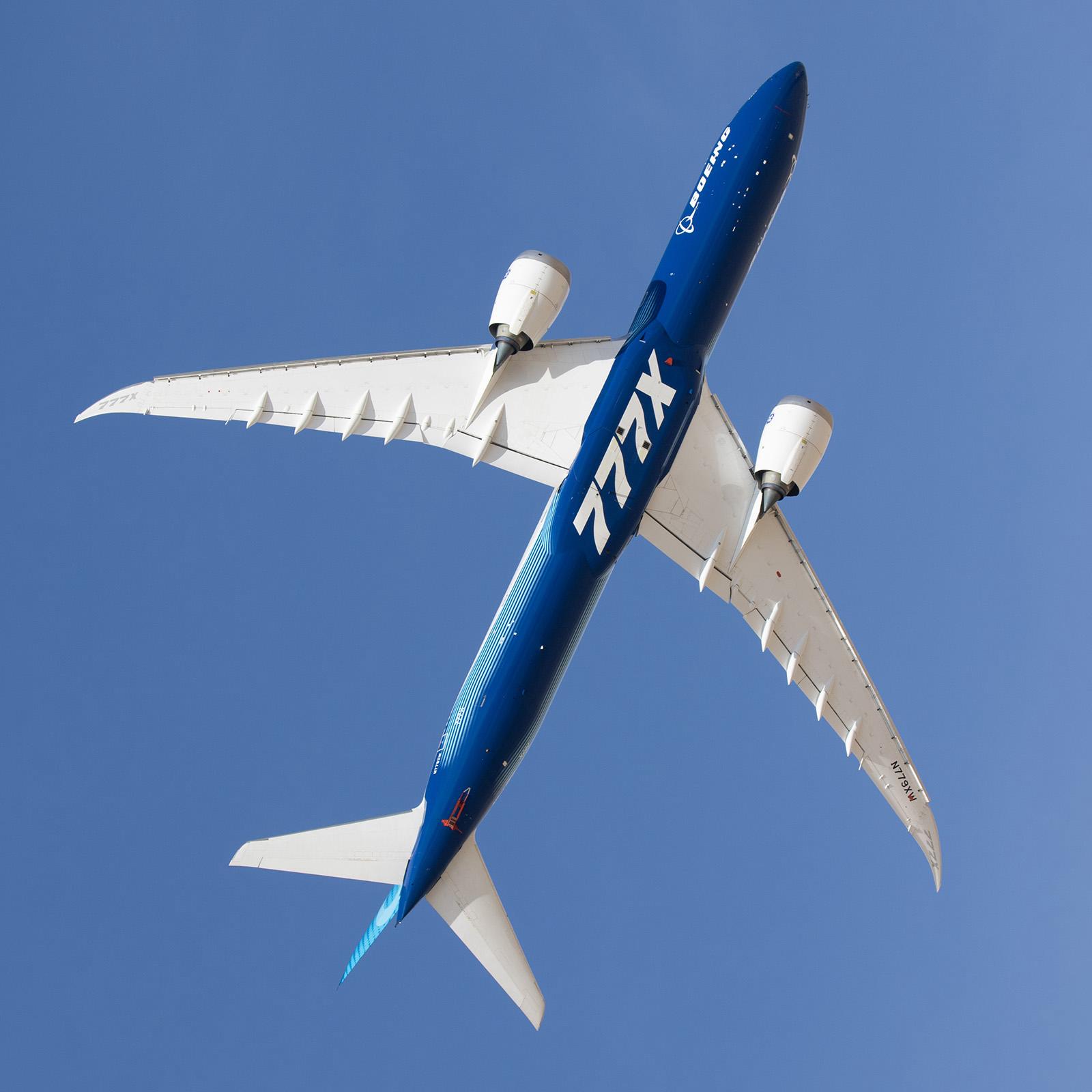
Credit: Tony Osborne/Aviation Week
DUBAI—Amid growing hopes of beginning the long-delayed certification effort for its 777-9 flagship, Boeing is providing initial details of how the process will be structured. The 777-9, which is making its second appearance at the Dubai Airshow, is targeted at entry-into-service in 2025 having...
Subscription Required
This content requires a subscription to one of the Aviation Week Intelligence Network (AWIN) bundles.
Schedule a demo today to find out how you can access this content and similar content related to your area of the global aviation industry.
Already an AWIN subscriber? Login
Did you know? Aviation Week has won top honors multiple times in the Jesse H. Neal National Business Journalism Awards, the business-to-business media equivalent of the Pulitzer Prizes.
